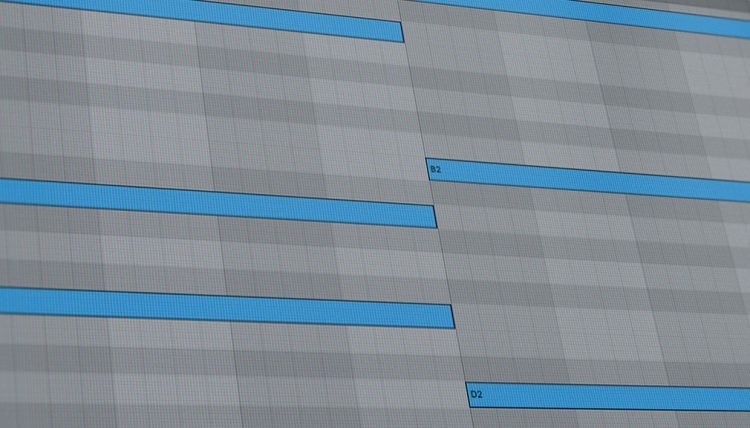What are chord inversions?
If you want to understand chord inversions, you—of course—need to know what a chord is. If you’re not quite there yet don’t worry, just check out this guide on music theory.
Even if you know about chord construction, it makes sense to refresh your knowledge.
Chords are made up of alternating notes in scales—like a major or minor scale. Let’s take a look at how the notes of a scale help in creating chords.
The C major scale consists of these notes:
C, D, E, F, G, A, B, (C).
To form chords, we take certain notes from this scale and play them at the same time. The simplest kinds of chords (called “triads”) are made up of three notes. To create a C major triad, start with the first note of the scale (C), skip the next (D), include the following note (E), skip the next, and include the final one (G). That leaves us with C-E-G which is a C major triad.
But what happens if we play those notes (C-E-G) in a different order? Is it still a C major triad?
Chord inversions are variations of chords where we rearrange the order of the notes played within the chord, resulting in a different note other than the root in the bass position.
Here is a C major triad in root position (not inverted):






